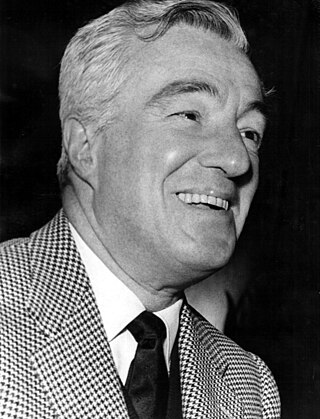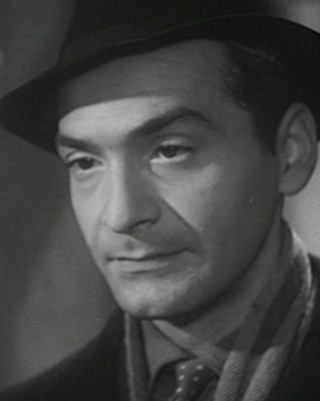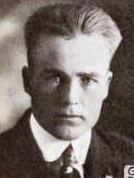
Vittorio De Sica was an Italian film director and actor, a leading figure in the neorealist movement.

George S. Barnes, A.S.C. was an American cinematographer active from the era of silent films to the early 1950s.

William H. Daniels ASC was a film cinematographer who was best-known as Greta Garbo's personal lensman. Daniels served as the cinematographer on all but three of Garbo's films during her tenure at Metro-Goldwyn-Mayer, including Torrent (1926), The Mysterious Lady (1928), The Kiss (1929), Anna Christie (1930), Grand Hotel (1932), Queen Christina (1933), Anna Karenina (1935), Camille (1936) and Ninotchka (1939). Early in his career, Daniels worked regularly with director Erich von Stroheim, providing cinematography for such films as The Devil's Pass Key (1920) and Greed (1924). Daniels went on to win an Academy Award for Best Cinematography for his work on The Naked City (1948).

Frederick A. YoungOBE, BSC was a British cinematographer. He is probably best known for his work on David Lean's films Lawrence of Arabia (1962), Doctor Zhivago (1965) and Ryan's Daughter (1970), all three of which won him Academy Awards for Best Cinematography. He was often credited as F. A. Young.

John Francis Seitz, A.S.C. was an American cinematographer and inventor.
Sidney Barnett Hickox, A.S.C. was an American film and television cinematographer.

Nobert Brodine, also credited as Norbert F. Brodin and Norbert Brodin, was an American film cinematographer. The Saint Joseph, Missouri-born cameraman worked on over 100 films in his career before retiring from film making in 1953, at which time he worked exclusively in television until 1960.

Guido Brignone was an Italian film director and actor. He was the father of actress Lilla Brignone and younger brother of actress Mercedes Brignone.
Ray Rennahan, A.S.C. was a motion picture cinematographer.

Mario Soldati was an Italian writer and film director. In 1954, he won the Strega Prize for Lettere da Capri. He directed several works adapted from novels, and worked with leading Italian actresses, such as Sophia Loren and Gina Lollobrigida.

Andrea Checchi was a prolific Italian film actor.

Guido Celano was an Italian actor, voice actor and film director. He appeared in 120 films between 1931 and 1988. He also directed two spaghetti Westerns: Cold Killer and Gun Shy Piluk.
Brock Williams was a prolific English screenwriter with over 100 films to his credit between 1930 and 1962. He also had a brief directorial career, and later also worked in television. Two of his novels The Earl of Chicago and Uncle Willie and the Bicycle Shop were both adapted into films.
Operetta films are a genre of musical films associated with, but not exclusive to, German language cinema. The genre began in the late 1920s, but its roots stretch back into the tradition of nineteenth century Viennese operettas.
Roger Hubert (1903–1964) was a French cinematographer who worked on more than 90 films.
Eraldo Da Roma was an Italian film editor best known for his work with Roberto Rossellini, Vittorio De Sica, and Michelangelo Antonioni.
Harry C. Neumann of Chicago, Illinois, was a Hollywood cinematographer whose career spanned over forty years, including work on some 350 productions in a wide variety of genres, with much of his work being in Westerns, and gangster films.
Mario Montuori was an Italian film cinematographer and painter.

Francesco "Checco" Rissone was an Italian film, stage and television actor.

George Hiram Robinson (1890-1958) was an American cinematographer from Los Angeles.












